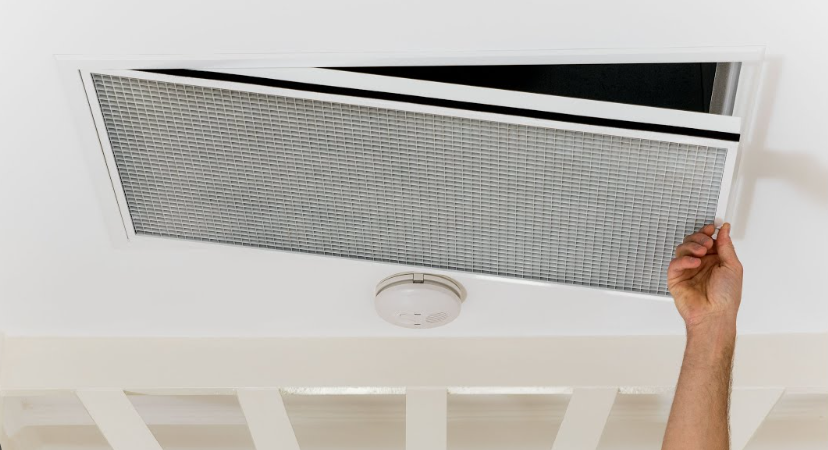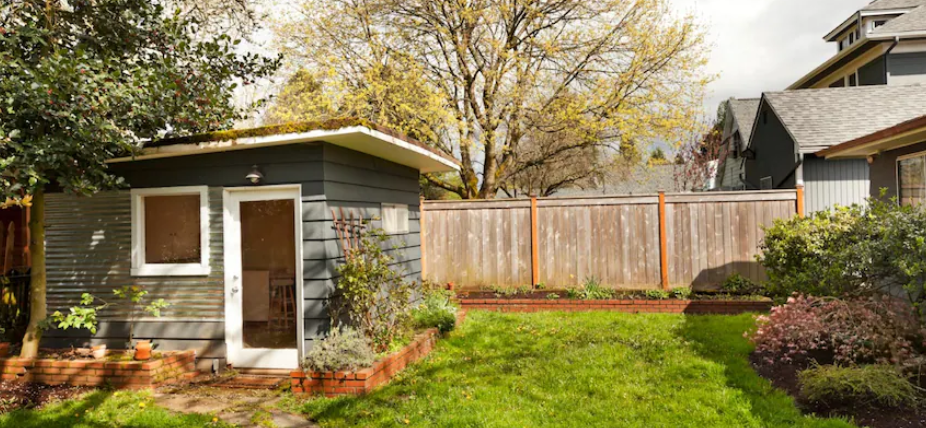
Ducted air conditioning is a popular and effective way to regulate the temperature in a home or commercial space. It provides cool or warm air through ducts installed throughout the building, offering a centralised and efficient heating and cooling solution. This article will provide a step-by-step guide to installing reverse cycle ducted aircon.
Step 1: Plan and Design
The first step in installing ducted air conditioning is to plan and design the system. This involves determining the system size required for the space and developing a duct layout to optimise airflow and energy efficiency. A professional HVAC contractor can assist with this process, taking into consideration factors such as the size and layout of the building, the number of rooms to be cooled or heated, and the insulation and ventilation of the space.
Step 2: Installation of Ductwork
Once the design has been finalised, the ductwork installation can begin. This involves cutting and fitting the ducts into the ceiling or walls of the building. The ducts are then connected to the main ductwork trunk, which leads to the air conditioning unit. The ductwork installation is a critical part of the process, as it determines the effectiveness and efficiency of the system. It is important to ensure the ducts are properly sized and sealed to prevent air leakage and maximise airflow.
Step 3: Installation of Air Conditioning Unit
The next step in installing ducted air conditioning is installing the unit. The unit is typically located outside the building and connected to the ductwork via pipes and electrical cables. The unit is mounted on a concrete slab or metal brackets to provide stability and reduce vibration. Once installed, the unit is connected to the ductwork, and the electrical and plumbing connections are made.
Step 4: Electrical and Plumbing Connections
After the air conditioning unit is installed, the electrical and plumbing connections can be made. This involves connecting the unit to the electrical and water supply. A licensed electrician and plumber should be used to perform these connections to ensure that they are done safely and in compliance with local codes and regulations.
Step 5: Testing and Balancing
Once the installation is complete, the system must be tested and balanced to ensure it functions correctly. This involves testing the system’s airflow, temperature, and pressure and making any necessary adjustments to optimise performance. A professional HVAC contractor should perform this testing and balancing to ensure the system works correctly and efficiently.
Step 6: Maintenance and Service
Regular maintenance and service are critical for the long-term performance and efficiency of a ducted air conditioning system. This includes cleaning the ducts and filters, checking the refrigerant levels, and performing necessary repairs or replacements. It is recommended to schedule annual maintenance with a professional HVAC contractor to ensure the system functions at peak efficiency and to catch any potential problems before they become major.
Considerations when Installing Ducted Air Conditioning
Cost
The cost of installing ducted air conditioning can vary depending on factors such as the system’s size, the installation’s complexity, and the quality of the equipment used. It is important to obtain quotes from several reputable HVAC contractors and compare the cost and quality of their services before deciding.
Energy Efficiency
Ducted air conditioning can be an energy-efficient way to regulate the temperature of a building, but it is important to choose a system with a high energy efficiency rating. Look for systems with a high SEER (Seasonal Energy Efficiency Ratio) rating, which indicates the system’s cooling efficiency. A high SEER rating can result in lower energy bills and reduced environmental
impact.
Installation
Proper installation is critical for the performance and efficiency of a ducted air conditioning system. Choosing a licensed and experienced HVAC contractor who can ensure that the system is installed correctly and meets all local codes and regulations is important.
Maintenance
Regular maintenance and service are essential for the long-term performance and efficiency of a ducted air conditioning system. It is important to schedule annual maintenance with a professional HVAC contractor to keep the system running smoothly and catch any potential problems before they become major.
Conclusion
Installing a reverse cycle ducted aircon can be complex. Still, with careful planning and the help of a professional HVAC contractor, it can be a great investment in the comfort and energy efficiency of your home or commercial space. Follow this step-by-step guide and considerations when choosing and installing a ducted air conditioning system to ensure the best possible performance and energy savings.
Author Bio:
Alison Lurie is a farmer of words in the field of creativity. She is an experienced independent content writer with a demonstrated history of working in the writing and editing industry. She is a multi-niche content chef who loves cooking new things.







